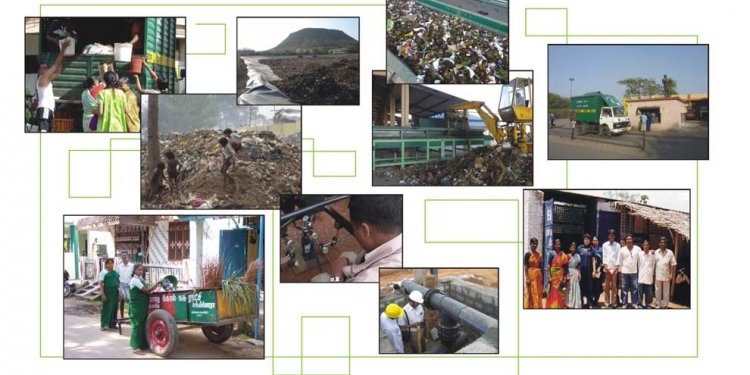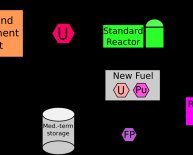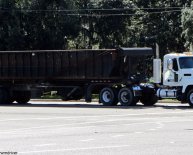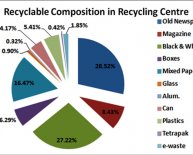
Solid Waste Disposal Definition
The EPA Administrator, Gina McCarthy, signed the Definition of Solid Waste final rule on December 10, 2014, and it was published in the Federal Register (FR) on January 13, 2015. The rule went into effect federally on July 13, 2015.
The EPA finalized new safeguards that promote responsible hazardous secondary materials recycling. The final rule modifies the EPA’s 2008 Definition of Solid Waste rule to ensure it protects human health and the environment from the mismanagement of hazardous secondary materials intended for recycling, while promoting sustainability through the encouragement of safe and environmentally responsible recycling of such materials.
These new requirements are responsive to the concerns expressed by communities and addresses the evidence of mismanagement by some third party recyclers documented in EPA’s record. The requirements provide strong protections against the potential for mismanagement of hazardous secondary materials intended for recycling.
The final rule also establishes a clear, uniform legitimate recycling standard for all hazardous secondary materials recycling that will improve compliance and help ensure that the hazardous secondary materials are in fact legitimately recycled, rather than illegally disposed of. Setting the standard for legitimate recycling in the regulations makes it substantially harder for facilities who are illegally disposing under the guise of recycling to continue to operate in the marketplace.
Rule History
On June 30, 2009, in response to environmental and public health concerns raised by community groups and others, EPA held a public meeting about a potential reconsideration of the 2008 DSW rule, which finalized two conditional exclusions from the Resource Conservation and Recovery Act (RCRA) hazardous waste regulations. Under both exclusions, hazardous secondary materials would be exempt from hazardous waste regulations when recycled according to certain conditions. (73 FR 64668).
As a result of issues raised during the public meeting, EPA conducted a rigorous environmental justice analysis of the 2008 DSW rule that examined the location of recycling facilities and their proximity and potential impact to adjacent residents. The methodology and scope was developed through a broad public engagement and expert peer review process. The analysis identified significant regulatory gaps in the 2008 DSW rule, which could negatively impact communities adjacent to third party recyclers, including disproportionately impacting minority and low-income populations.
In particular, EPA identified mismanagement by third-party hazardous materials recyclers as posing a risk of fires, explosions, accidents and releases of hazardous constituents to the environment. This is because the economics of commercial recycling contain market disincentives that encourage over-accumulation and mismanagement of hazardous secondary material. The 2008 DSW rule lacked the tools needed for proper oversight of these facilities by EPA, states and the communities affected by them.
The 2015 DSW rule addresses the market disincentives that encourage over-accumulation and mismanagement of hazardous secondary material in a way that helps encourage safe and legitimate recycling while addressing the need to protect communities. The DSW revisions provide a strong protection against the potential for mismanagement of hazardous materials intended for recycling, while allowing legitimate recycling activities to continue.

















